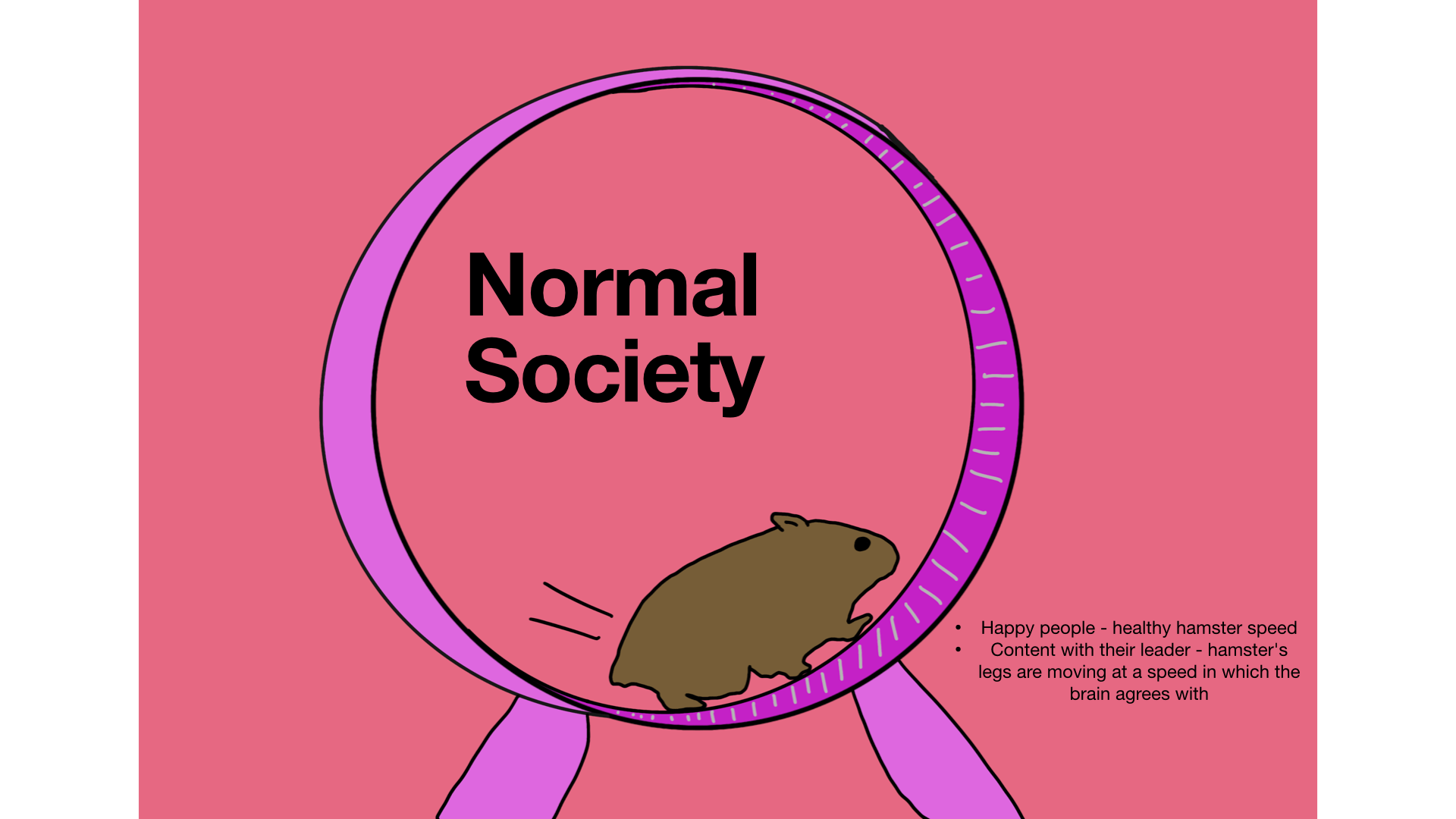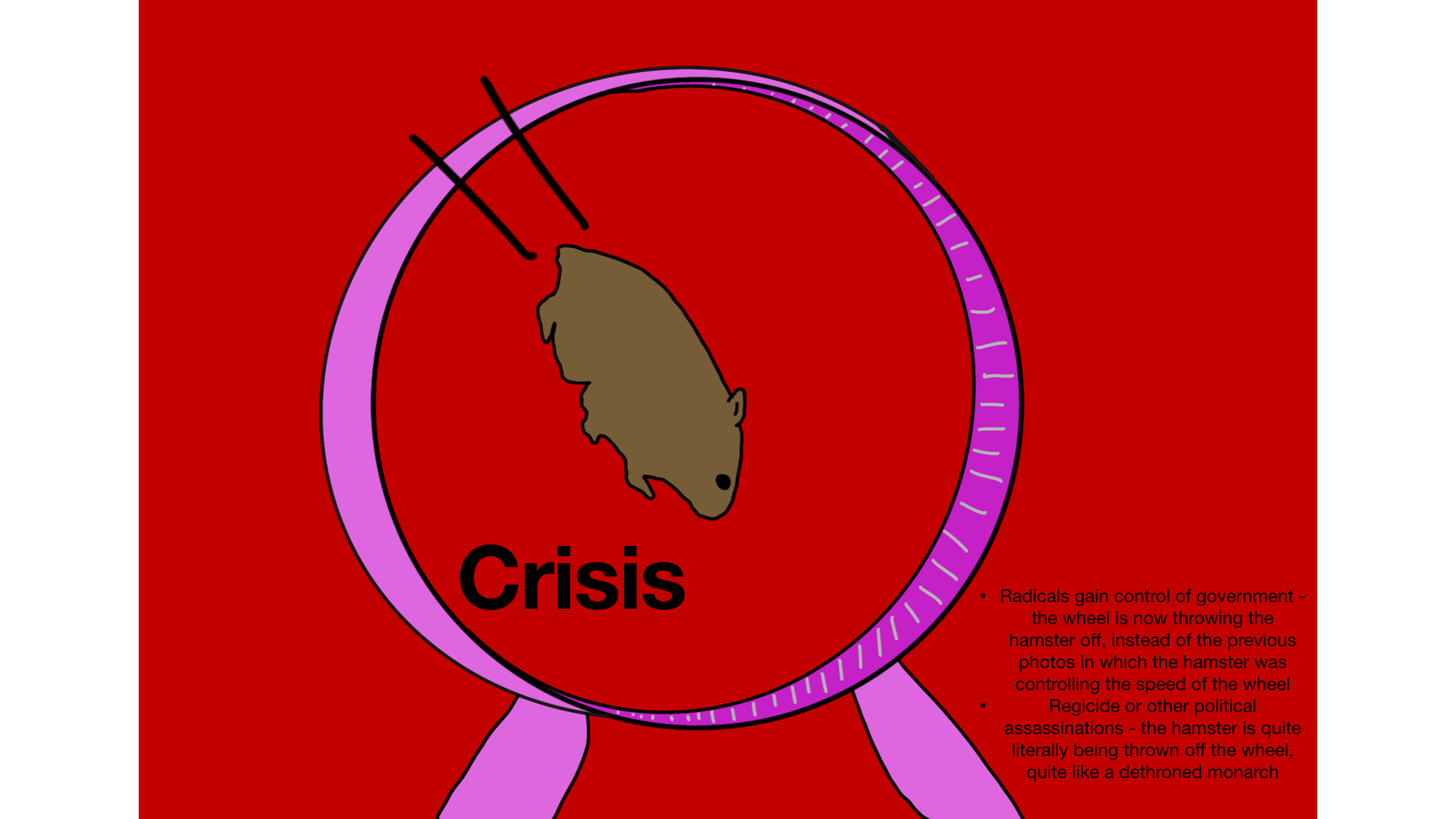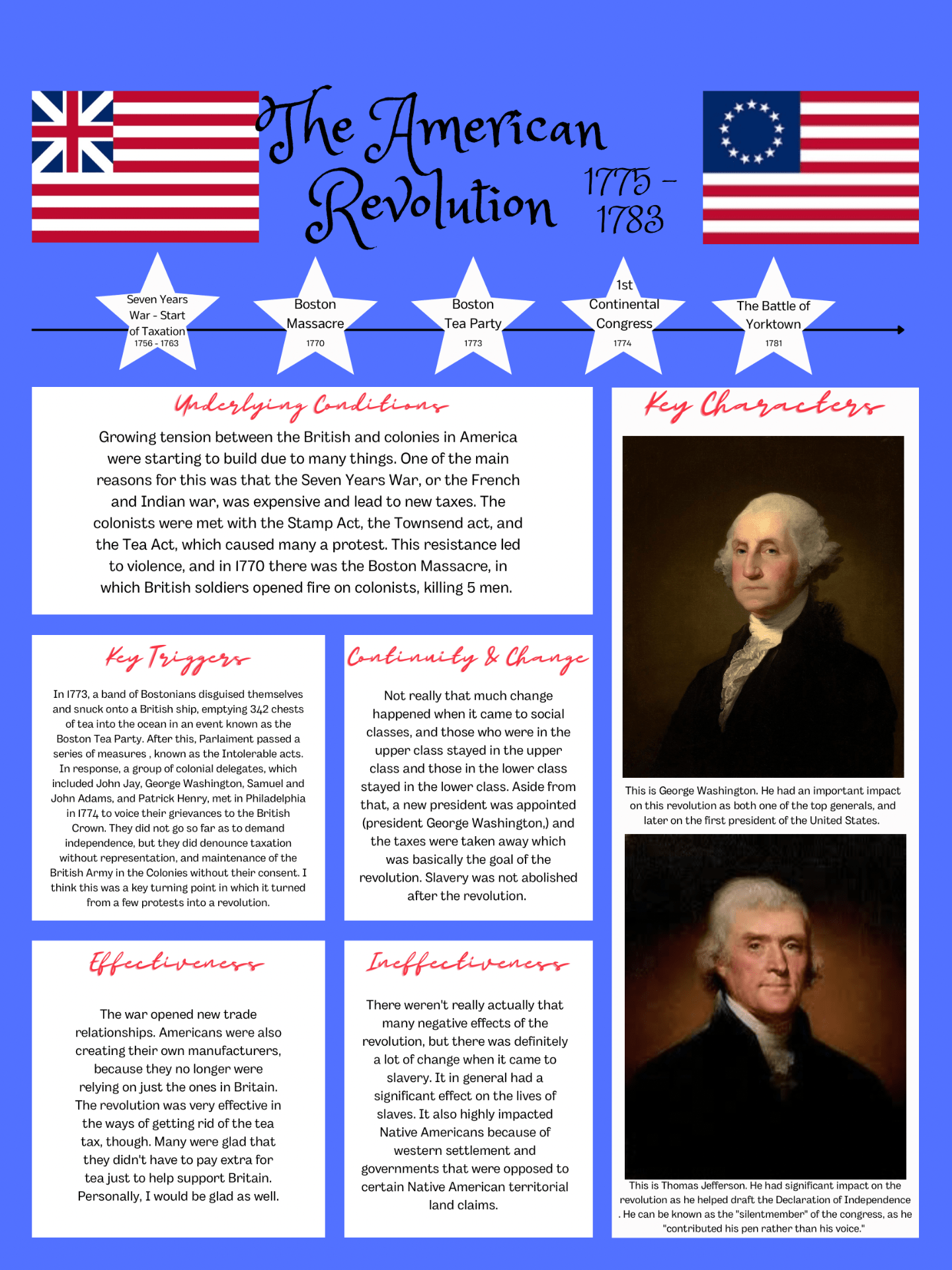Hey y’all welcome back. Tis the MPOL season.
Thank you for coming to my presentation of learning. I am the expert on my own learning. I am also responsible and accountable for my own learning. You can expect me to give an honest evaluation of my progress. We will discuss my strengths and opportunities for growth. Thank you in advance for listening and for offering feedback that I can use to improve as a learner.
MPOLS are all about growth, and you know what? I think I’ve grown a lot. So that’s what this post is all about.
Let’s compare: what did my work look like last year?
Last year, I wasn’t very invested in my own growth. I didn’t try my best, I didn’t care about my work, and I wasn’t ever proud of my work. Everything was a halfhearted attempt because I didn’t really care about school. An example of this is in the humanities project New Beginnings, when we made our visuals to represent an aspect of New France. I chose survival.
What does my work look like this year?
Well, I care a lot more this year. I try my best to try my best, and I work as hard as I can to hand in good quality work in a timely manner. While I don’t feel the most motivated because I’m not as surrounded by my friends in the classroom due to them being in different classes, I’ve been pushing through and I’m glad that I’ve been able to produce good work that I’m proud of. For example, I was really proud of my work in the Power of Geography, because I feel my finished product really showed my thought process throughout the project.
What do I want my work to look like in the future?
So right now, my work is something I’m proud of, and I put a concerted effort into the things I do. In the future, I want it to stay that way, but I also want to make use of my time better as well. I want to be able to get all my work done in class, and I want to be happy with my work all the time.
I’d like to especially talk about how much better at time management and organization I’ve gotten since last year. I’ve handed in almost nothing late, and I’ve given myself enough time to create work that I value and I’m happy with. I feel on top of my work, and it’s really helping me with my mindset at school.
Last year, we learned all about growth mindsets or the “PLP mindset.” This is a mindset of growth, a mindset where you’re ready to tackle the tasks you’re given, and try your best in the things you do. It’s also about looking to the future and knowing how you want to be, and making a plan for yourself to get to the point you want to be at. When we first learned about the PLP mindset, I thought it was a bunch of junk that we get told to motivate us to put more effort into our work. Or at least it was something I didn’t have and I’d just have to go on the way I was: handing in my work late, it being rushed, and not being happy with it. Somewhere between then and the start of this year, I lost that mindset and took on the PLP mindset. I come to school ready to try my best and put in a real effort. I actually care about my work and doing my best, and I really try to hand everything in on time.
Looking to the future, I’m ready to head there and see what it has to offer. I’m excited to grow as a person and a learner, and I hope I improve in the same ways that I already have.
One thing I could really grow on is my interaction with my peers and teachers. Sometimes in class, I’m really distracting to people because I get off task. Usually, I can redirect myself and still get my work done in class, but it’s really distracting to the others. It also comes off as disrespectful to my teachers when that’s not what I’m trying to do. My goal for the rest of the year is to improve on this by always making sure I’m working on what I need to get done for the class while I’m in class.
I think that over the course of this semester, I’ve grown a lot, not only as a learner but as a person, too. And even though I’ve grown a lot, I also know that I can still continue to grow, learn, and thrive throughout the rest of the year and even farther into the future. I’m excited to see where my growth takes me.
Thank you,
Susan






